JWdD
Menu
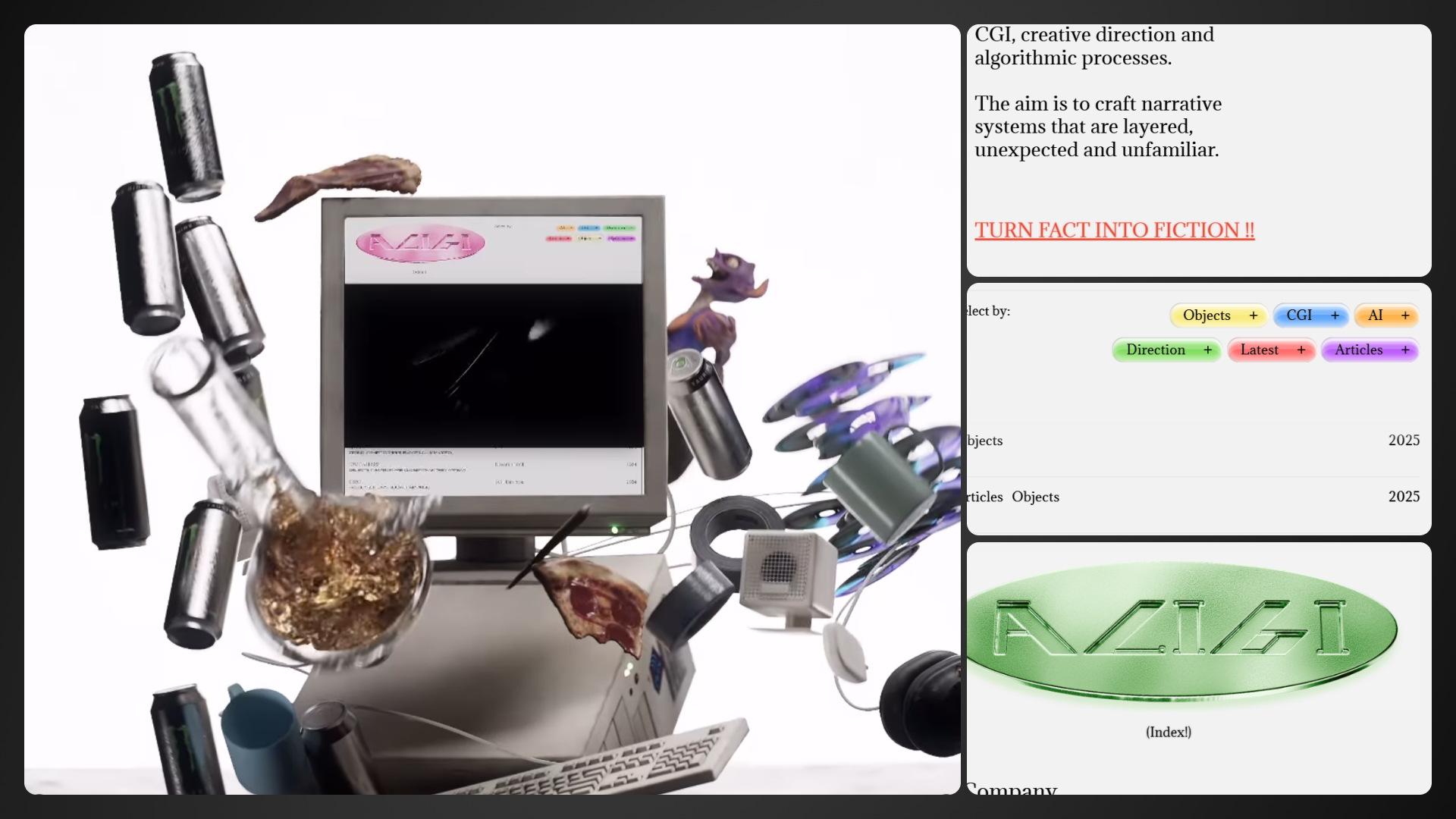
Alibi Studio was shaping its identity while the website was being designed, making it necessary to work without a fixed visual system. My first step was to design a clear and expandable information architecture that could guide the visual experimentation without restricting it. The visual direction, led by Andrea Gaglione, evolved through several iterations, during which I kept refining UX flows and content hierarchy. We needed a layout that didn’t compete with the visuals of the projects but elevated them. This phase also included early considerations for how the site could become a future archive—not just a static portfolio.
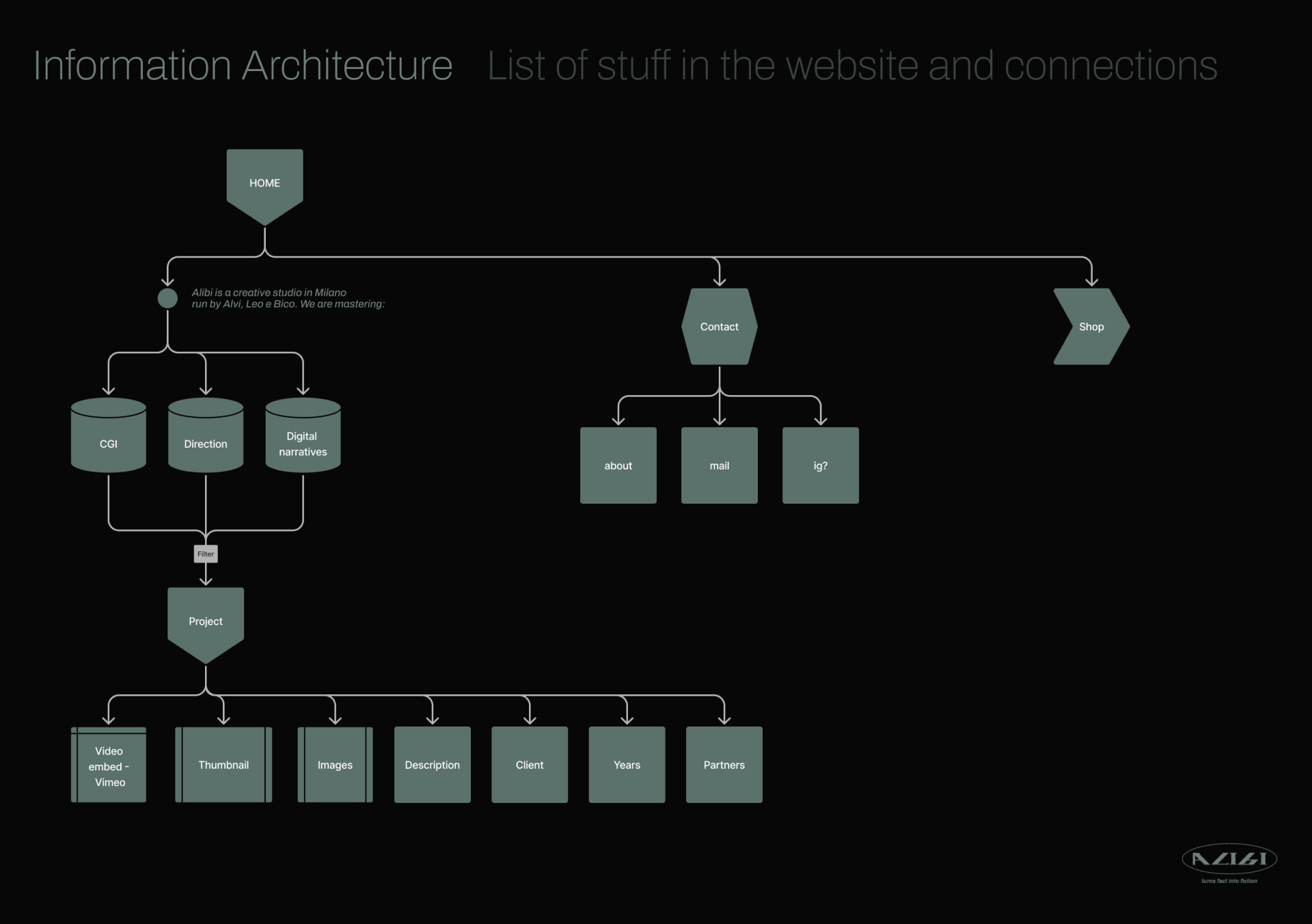
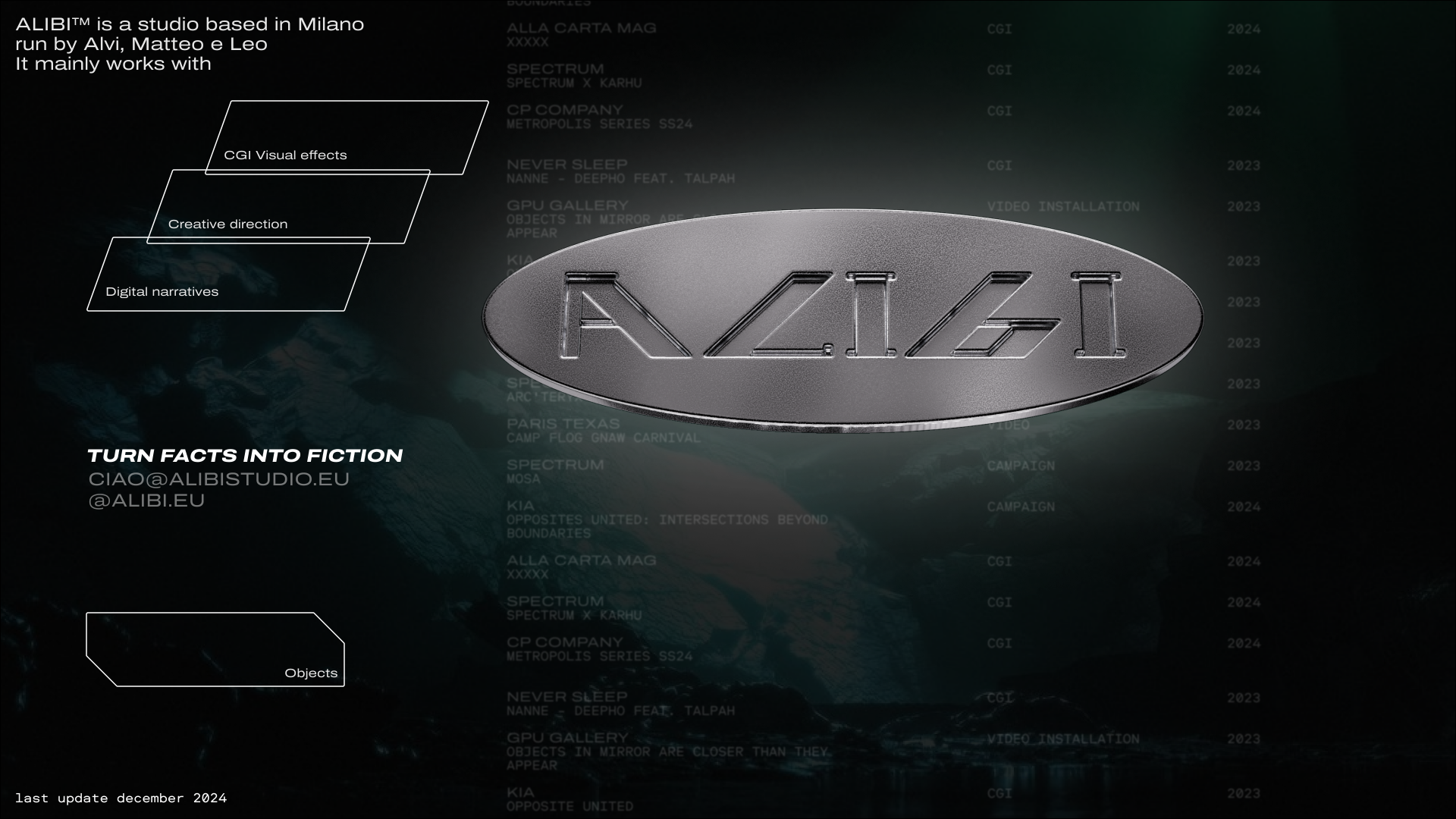
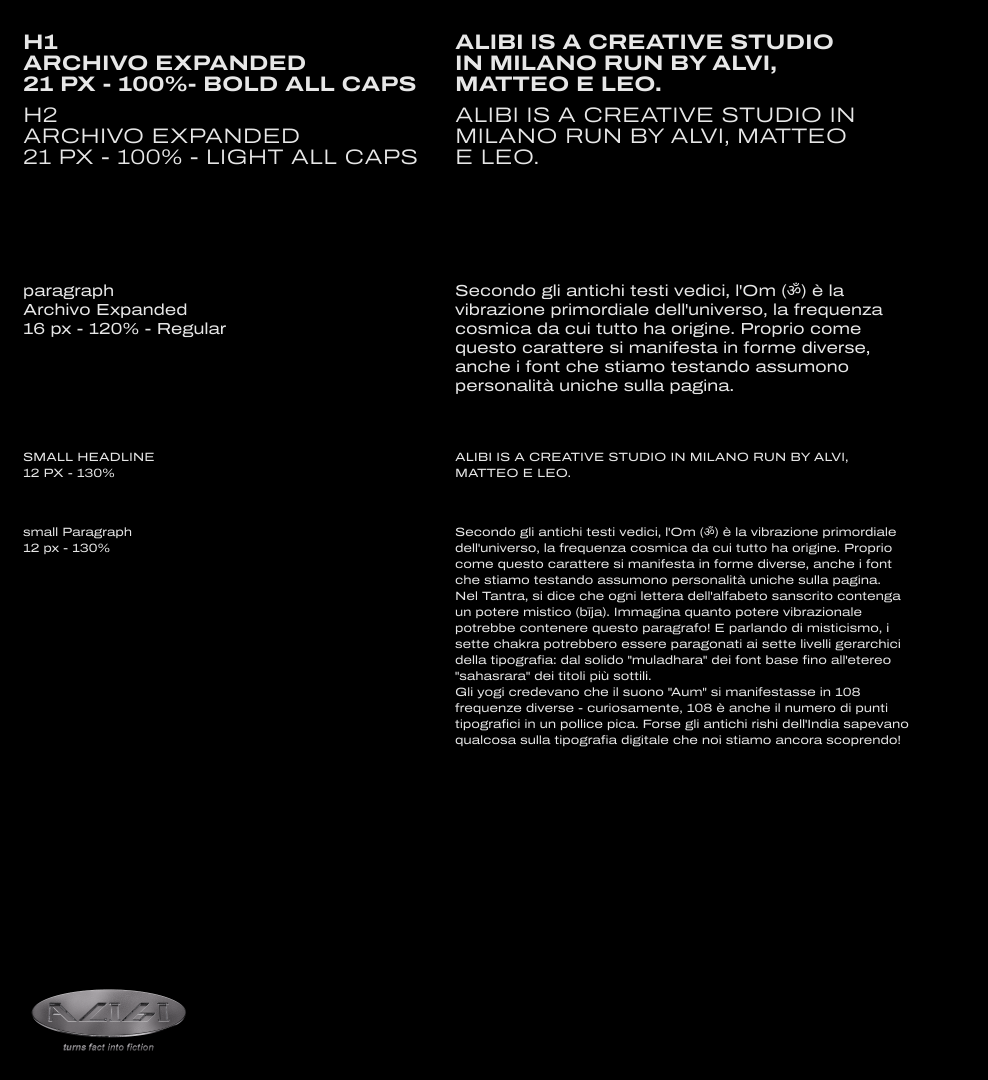
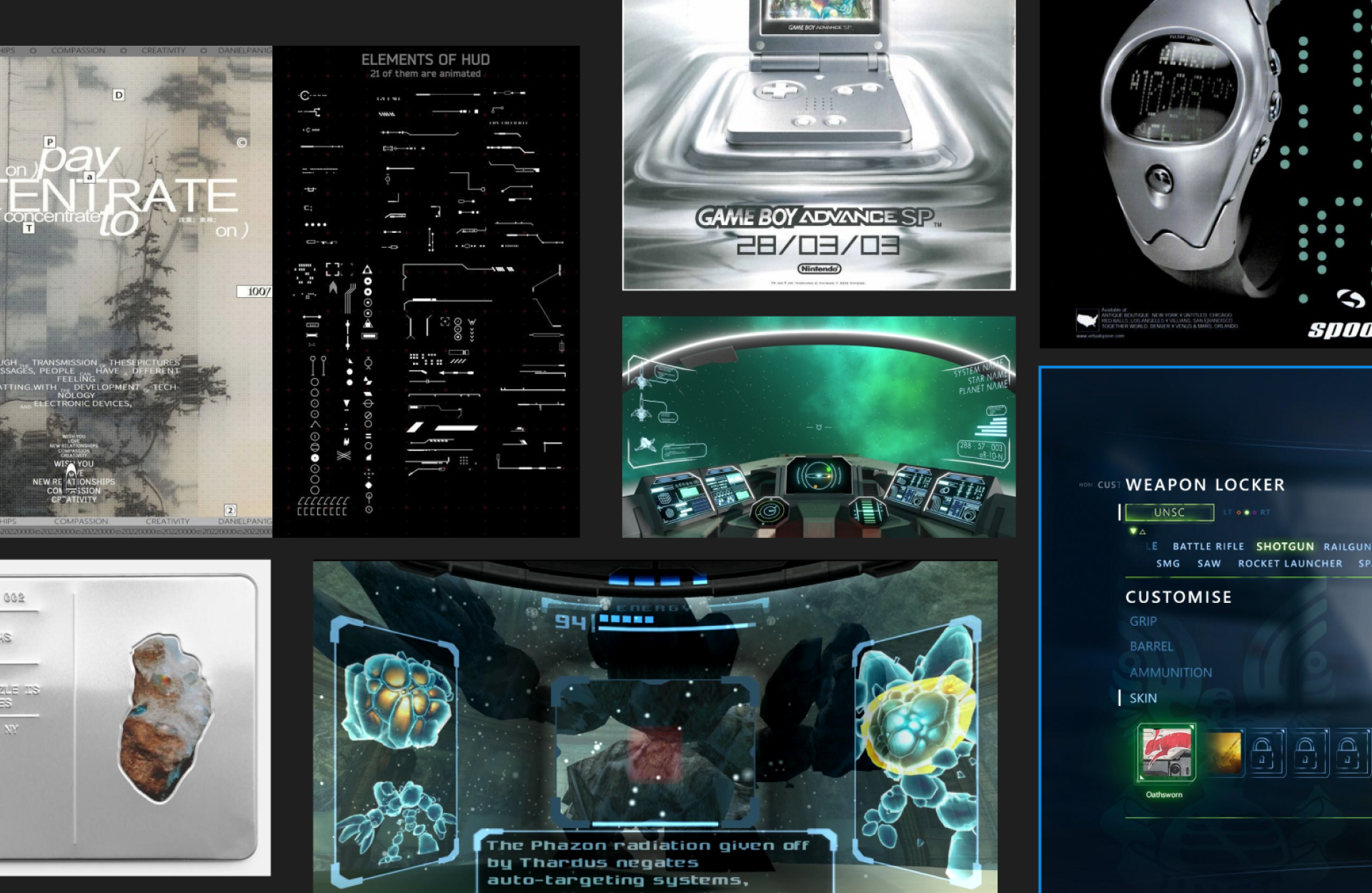
I developed the site using Webflow, creating a flexible CMS-based structure so the team could upload future projects autonomously. I implemented custom code and third-party plugins to enhance interaction, including an engaging filtering system. Animations played a crucial role: I crafted responsive motion transitions to give rhythm to navigation and maintain a sense of craft across devices. While I often iterated directly in development, I realized some animations would have benefited from pre-development prototyping. Before launch, we tested the site with new users to fine-tune UX and make sure the experience felt smooth and coherent.
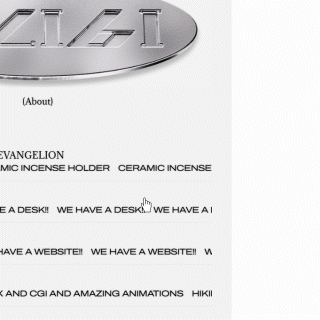
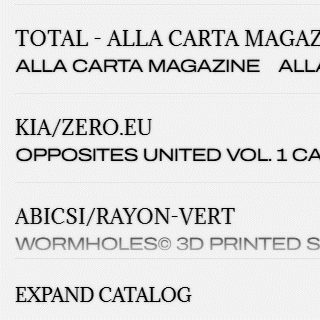
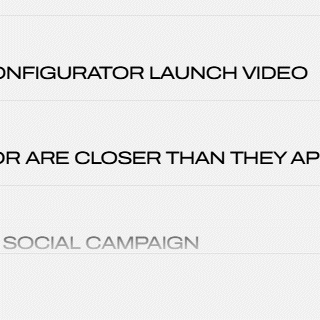
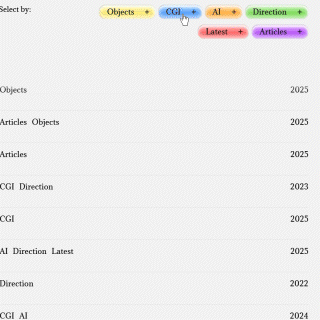

This project sharpened my skills in balancing design freedom with structural clarity. I enjoyed the close collaboration with Andrea and the trust we received from the Alibi team. It was a valuable lesson in aligning UX, content strategy, and animation with a studio’s evolving voice—building not just a site, but a tool they now use daily to communicate their creative world.
→ Visit Website at: www.alibistudio.eu